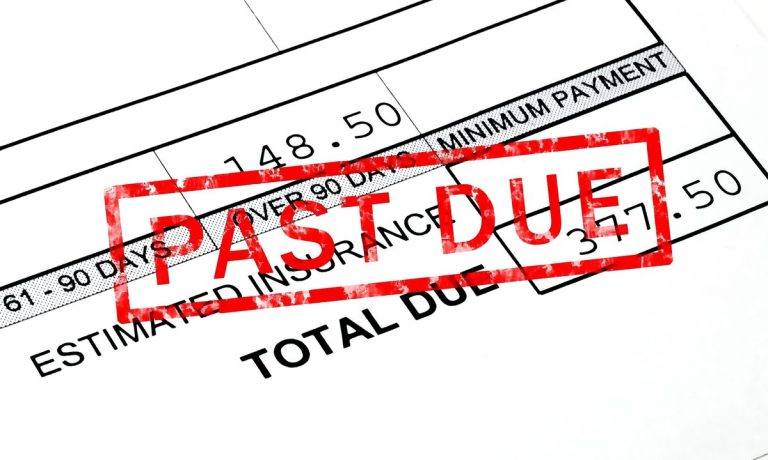
Frustrations over delayed payments are on the rise, prompting businesses to upgrade their B2B transactions and other processes. Today, 45% of businesses view slow payment completion times as one of their main pain points, according to the “Next-Gen Digital Payments Report,” a PYMNTS and Transcard collaboration.
Get the report: Next-Gen Digital Payments Report
Chief financial officers (CFOs) and other payment professionals are scrutinizing their accounts payable (AP) and accounts receivable (AR) operations with an eye toward innovation as frictions associated with manual processes increase.
The hunt is on for solutions and technologies that can help streamline B2B payments, from automating historically cumbersome processes, such as invoicing or data collection, to researching newer, speedier payment methods.
Automating Historically Cumbersome Processes
This is especially important at a time when the growing demand for cross-border transactions is adding complexity to these processes.
Read more: Consumers, SMBs Gaining Comfort With Cross-Border Payments
Integrating enterprise resource planning (ERP) systems and other tools that allow businesses to manage their payments more carefully and introducing swifter transaction methods such as account-to-account (A2A) payments or embedded finance could help businesses remove frictions from their AP and AR processes.
Embedded finance solutions leverage ERP systems and application programming interfaces (APIs) to build payments processes directly into clients’ or customers’ experiences, allowing transactions to be conducted across mobile apps or sites, for example. Eighty-eight percent of entities that already use embedded finance tools noted that they were highly successful in improving customer engagement. Taking a close look at how these tools, when paired with ERP systems, could benefit them should be top of mind for today’s businesses.
More companies are beginning to take a broader interest in ERP systems’ potential benefits in this regard. PYMNTS’ data found that 65% of businesses with annual revenues between $25 million and $100 million said that their lack of access to an integrated ERP system was holding them back from their digitization goals.
Enabling Swifter B2B Payments
Businesses must examine how they can pair ERP systems with emerging technologies such as machine learning (ML) and artificial intelligence (AI) as the payment needs of both consumers and clients shift. Enabling swifter B2B payments is becoming a necessity for businesses that wish to remain competitive, meaning companies must determine quickly how they can best upgrade their existing payments infrastructures to keep pace.
Keeping up with the changing payments needs of partners and vendors is crucial for organizations as the future of work becomes both more virtual and more global. Cross-border payments make up a growing percentage of B2B transactions, meaning that more businesses will need to factor issues such as changing foreign exchange (FX) rates, international data privacy laws and financial compliance guidelines into their payments processes.
Being able to collect and manage all this information in one repository while also facilitating near-instant payments could grant companies a key advantage over others as they look to compete on the expanding global stage.